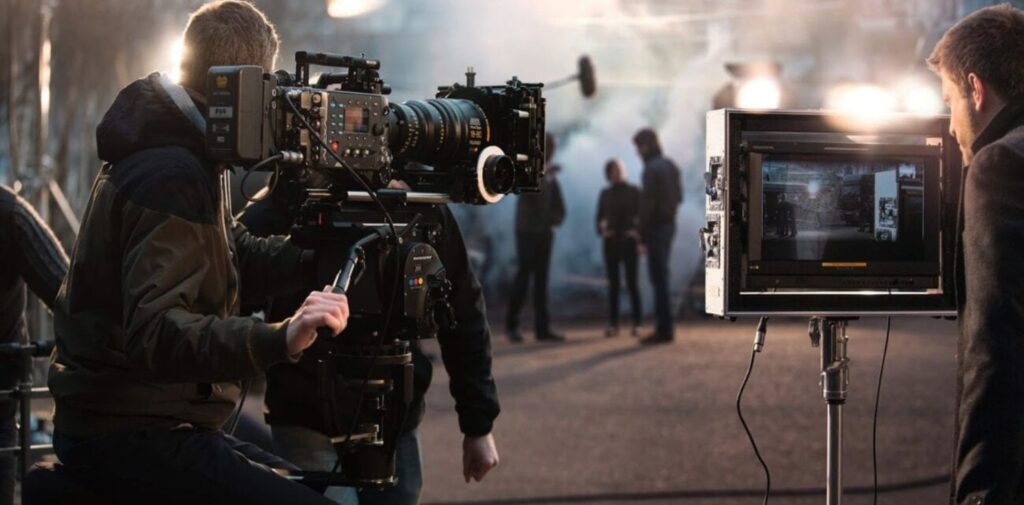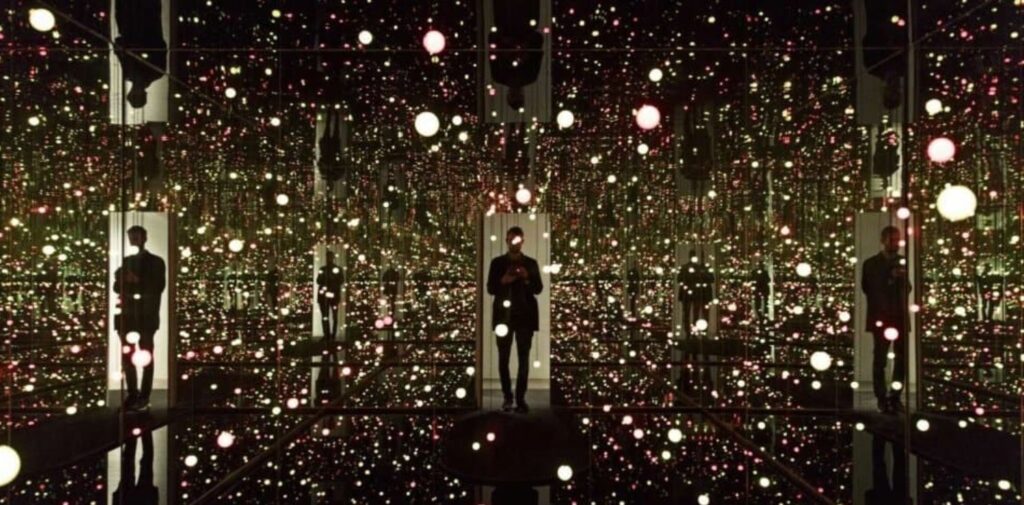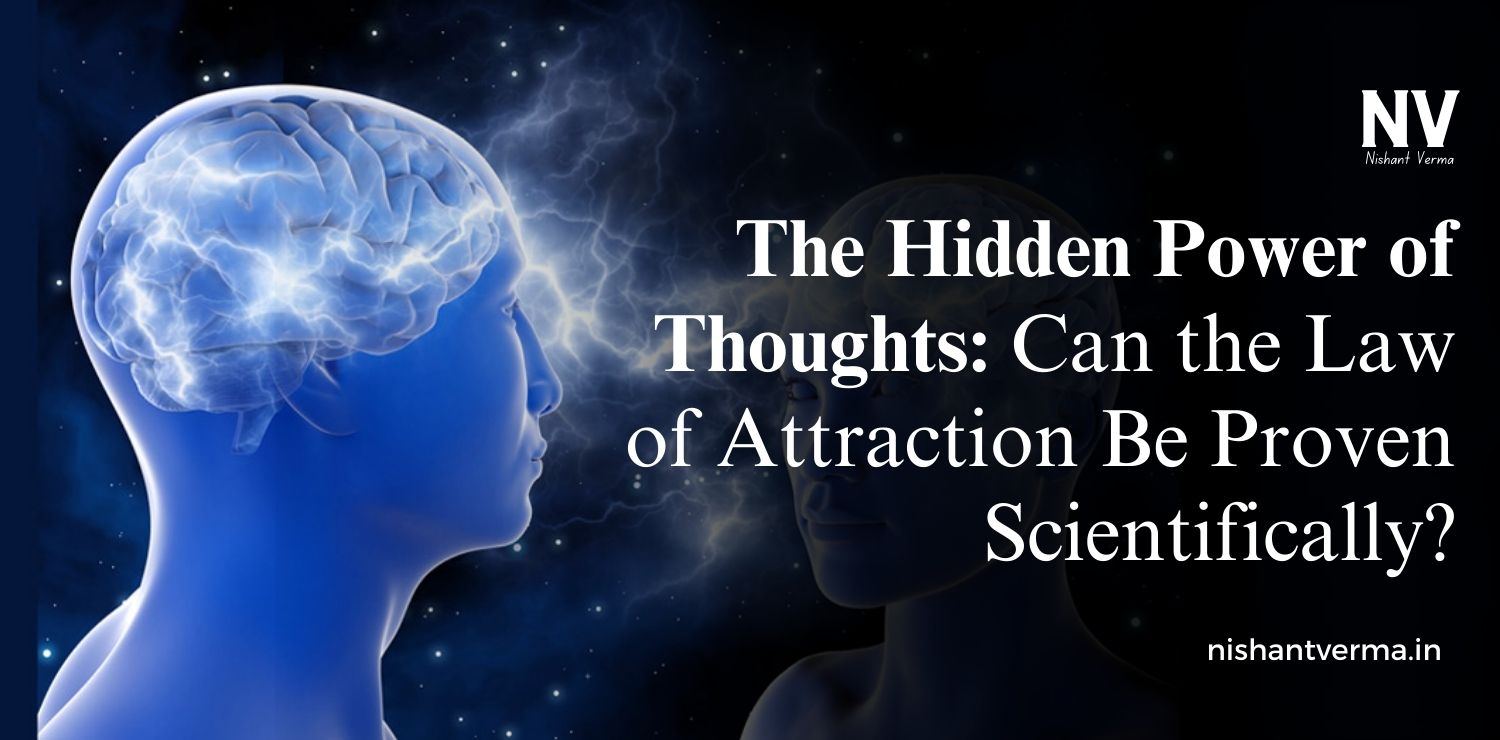The period from the 2000s to the 2020s has marked a significant cultural renaissance in India, particularly in the fields of Indian Literature and Art. As the world rapidly embraced globalization and technology, India’s cultural landscape also experienced a profound transformation. The influence of traditional art forms blended seamlessly with modern perspectives, giving rise to new expressions, voices, and movements. This era not only saw a flourishing of creative output but also a renewed focus on preserving and reimagining India’s rich cultural heritage.
Literary Resurgence: The Rise of Indian Writers
The 2000s onwards have witnessed a remarkable surge in Indian literature, both in regional languages and in English. The world took notice of Indian authors, who were able to explore themes of identity, migration, culture, and social issues through captivating stories. The period saw a fresh wave of literary talent, with writers such as Aravind Adiga, Kiran Desai, and Chetan Bhagat capturing the imagination of both Indian and international readers.
Aravind Adiga’s The White Tiger won the prestigious Booker Prize in 2008, while Kiran Desai’s The Inheritance of Loss won the Booker Prize in 2006, bringing the spotlight to contemporary Indian authors on the global stage. Meanwhile, Chetan Bhagat’s novels such as Five Point Someone and 2 States resonated deeply with younger generations, addressing the challenges of modern-day life and relationships in India.
In addition to novels, poetry also flourished. The 2000s saw a resurgence in poetry, with poets like Gulzar, Javed Akhtar, and newcomers like Raghavendra Rao making waves. The social media era also contributed significantly to the popularization of poetry, with Instagram poets such as Rupi Kaur and Lang Leav reaching Indian audiences and encouraging a new generation of poets to express their emotions in creative ways.

A New Wave in Regional Literature
While English-language literature enjoyed international attention, regional literature also experienced a renaissance. Writers from various parts of India began to gain recognition both within the country and abroad. Authors such as Perumal Murugan, Amitav Ghosh, and P. Sainath contributed significantly to the growing popularity of regional literature.
Perumal Murugan’s works, written in Tamil, explored themes of rural life, caste, and social taboos, resonating with readers both within India and internationally. His book One Part Woman faced significant controversy due to its bold portrayal of societal issues, but it sparked important conversations about freedom of expression. Similarly, Amitav Ghosh’s The Ibis Trilogy and P. Sainath’s Everybody Loves a Good Drought provided an insightful look at India’s past and present, sparking discussions on history, society, and politics.
Regional languages like Bengali, Malayalam, Hindi, and Marathi also experienced a revival, with works from authors like Kamala Das, M.T. Vasudevan Nair, and Shashi Tharoor reaching wider audiences. The 2000s and 2010s saw the rise of new literary festivals, such as the Jaipur Literature Festival, which became global platforms for regional literature to shine.
Indian Cinema: A Changing Landscape in Art and Expression
While literature grew in popularity, Indian cinema, too, underwent a cultural shift. Bollywood, which had long been the heart of the Indian film industry, started to evolve, reflecting the changing aspirations and tastes of modern Indian society. Filmmakers began to tackle complex social issues such as corruption, gender equality, religious intolerance, and the changing dynamics of family life.
Films such as Lagaan (2001), Taare Zameen Par (2007), Zindagi Na Milegi Dobara (2011), and Piku (2015) gained both national and international acclaim for their thought-provoking content and realistic portrayal of modern India. Directors like Anurag Kashyap, Zoya Akhtar, and Vicky Kaushal became popular figures, blending storytelling with art in innovative ways.
The rise of independent cinema also played a pivotal role in this transformation, with films like The Lunchbox (2013), Court (2014), and Article 15 (2019) challenging conventional norms and introducing a more nuanced view of Indian society. These films, often dealing with complex issues and social change, were not only appreciated by critics but also gained a large following among Indian audiences.
Moreover, the advent of digital platforms like Netflix, Amazon Prime, and Hotstar has had a revolutionary impact on the Indian film industry. The streaming boom has brought a new kind of freedom to filmmakers, allowing them to experiment with diverse narratives and unconventional storytelling methods, which has further contributed to the evolving cultural landscape of India.

Visual Art: A Fusion of Tradition and Modernity
Indian art has seen a similar renaissance, with artists drawing inspiration from both traditional and contemporary sources. The 2000s and 2010s have seen a blending of ancient art forms with modern techniques, producing a unique and dynamic artistic expression. The contemporary art scene in India has gained international recognition, with exhibitions in galleries across the world showcasing Indian artists’ works.
Artists like Subodh Gupta, Bharti Kher, and Anish Kapoor have successfully combined elements of Indian history, mythology, and modern-day social issues in their works. Gupta’s sculptures, for example, use everyday objects like stainless steel pots and bicycles to reflect India’s cultural and social identity. Kher’s works, which often incorporate bindis and other Indian symbols, challenge traditional gender roles and explore themes of identity and belonging.
In addition to visual arts, Indian craft forms also experienced a revival. Artisans and craftsmen from across India began to receive recognition for their work, with traditional crafts like Madhubani, Warli, and Pattachitra gaining international popularity. There was also a resurgence in textile arts, with designers like Sabyasachi Mukherjee and Manish Malhotra bringing Indian heritage to the global fashion scene.
The Influence of Social Media on Art and Culture
Another significant factor in the cultural renaissance in India during the 2000s and 2010s is the rise of social media. Platforms like Instagram, Twitter, and YouTube provided artists, writers, and filmmakers with a global stage to showcase their work, interact with audiences, and build a following. This has democratized the art and culture scene, allowing young talent to rise to prominence without needing the backing of traditional institutions.
Social media has also made it easier for people to engage with different forms of art. Online book clubs, art exhibitions, and film screenings have allowed people to experience and discuss Indian literature, cinema, and art in ways that were not possible before. This connectivity has led to a more inclusive and diverse cultural landscape, where voices from every corner of India are heard and celebrated.
Furthermore, social media has played a critical role in promoting regional languages, genres, and niche art forms that may have otherwise remained overlooked. Young writers, poets, and artists from smaller towns and rural areas now have access to global audiences, allowing them to make a name for themselves and contribute to the broader cultural movement.

A Future of Cultural Innovation
Looking ahead, the cultural renaissance that began in the 2000s and continues into the 2020s is expected to grow even more dynamic and innovative. With the continued evolution of technology, the internet, and social media, the next generation of Indian artists, writers, and filmmakers will likely push boundaries even further, experimenting with new forms of expression and bringing India’s diverse cultural heritage to the forefront.
The global stage is now more accessible than ever, and India’s cultural influence continues to grow. As India’s younger generation becomes more engaged in global conversations, its rich and diverse cultural traditions will continue to inspire and shape the world of literature, cinema, and art.
Conclusion: Indian Literature and Art
In conclusion, the cultural renaissance of the 2000s to 2020s in India is marked by an exciting fusion of tradition and modernity. Indian literature, cinema, and art have seen a dramatic shift towards innovative storytelling, new voices, and fresh perspectives, enriching the cultural fabric of both India and the world. As India continues to evolve, its role as a global cultural powerhouse will only grow stronger, contributing to the global creative landscape in meaningful and impactful ways.




